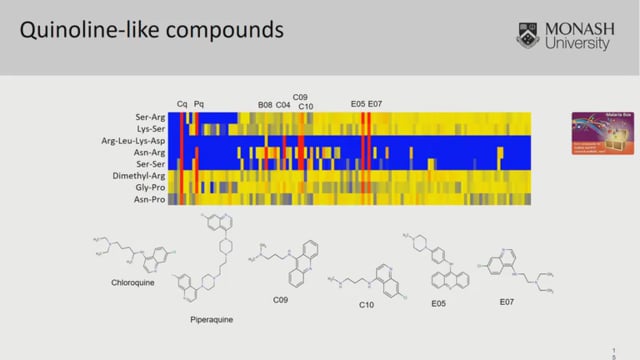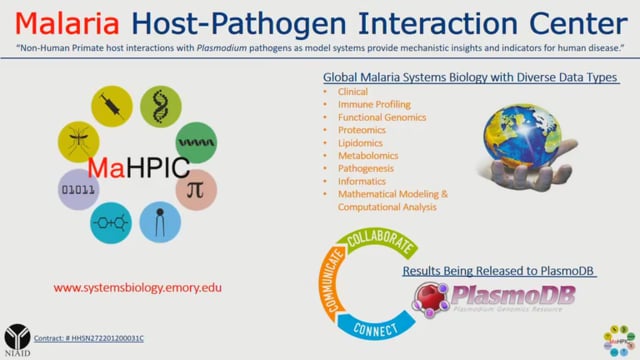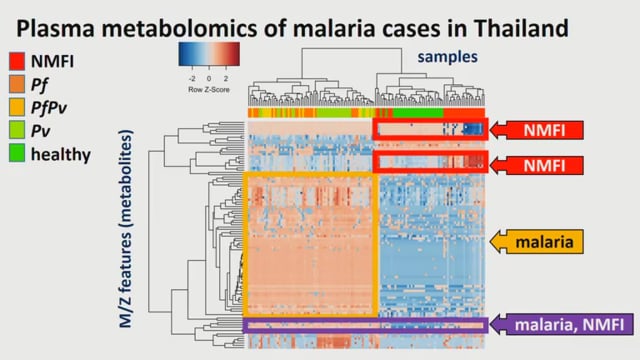Last Updated: 06/11/2023
Using visual proteomics to understand membrane dynamics in the malaria parasite P. falciparum
Objectives
This proposal takes a correlative approach to understand receptor-ligand mediated erythrocyte invasion and subsequent disassembly of the inner membrane complex with the aim to directly visualise and analyse these processes in situ by using super-resolution fluorescence microscopy to guide specimen FIB-milling for electron cryo-tomography and subtomogram averaging.
The malaria disease represents a significant global burden. Despite major advances in its treatment and control, rising resistance to front-line therapies makes the demand for innovative solutions more important than ever. To identify possible intervention points, a firm grasp on the processes that govern the parasites complex lifecycle is needed. Central to the evolutionary success of the malaria parasite is the rapid invasion of erythrocytes and subsequent replication. During invasion, the parasite utilises intricate machinery coordinated by a sequence of receptor-ligand interactions, allowing the invagination of the erythrocyte membrane. Inside the erythrocyte, transient structures essential for invasion are rapidly disassembled. These include a double membrane structure termed the inner membrane complex. Despite their importance, our understanding of these transient structures is limited. Simultaneously, studying the inner membrane complex over time in combination with mass spectrometry will allow the identification and targeting of key players in the disassembly process. Finally, using cryo-tomograms, this study will generate a series of atlases of protein and organelle positions within the parasite and host cell. These will provide details of the alterations in the molecular landscape during and post invasion.
May 2020 — Apr 2023


